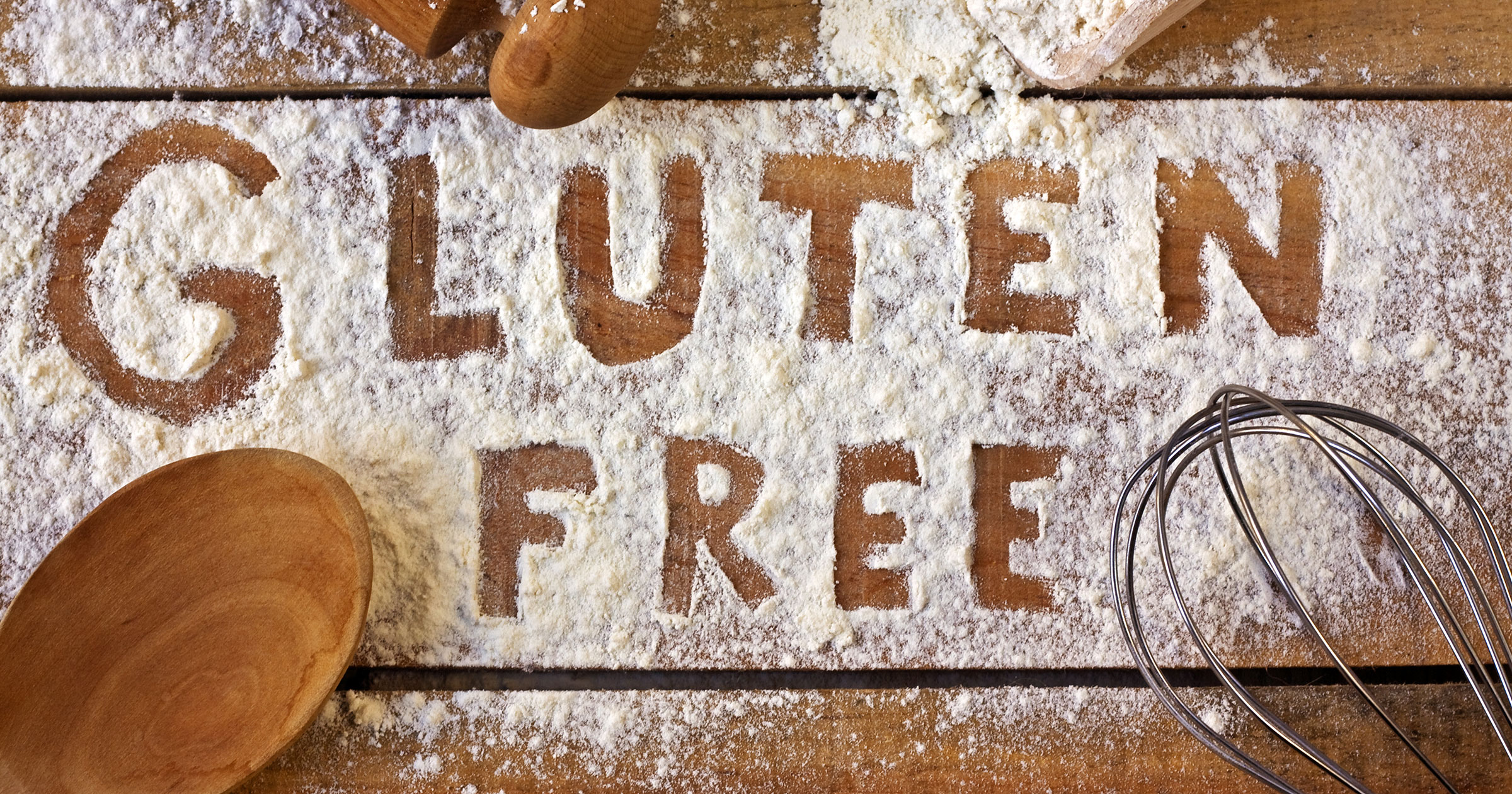So you’ve decided to go gluten-free. Great! Now what? As a part of our Gluten-Free Living Series, we have discussed getting started here and here. It’s one thing to buy a few things at the grocery store like gluten-free pretzels or trying out a new gluten-free bread, but if you are really committed to going gluten-free either for health reasons or just to try something new, you’ll need to stock up at home on all the essentials. We’ll talk about 6 things you need to make sure you have in your pantry to ensure a seamless transition to going gluten-free.
- Riceworks: It’s important to have a good supply of healthy and great-tasting snacks on hand for in between meals. Why not set yourself up for success by keeping a few bags of Riceworks in the pantry? Stock up on all your favorite flavors and turn your favorite snacks into meals by visiting our recipes page for inspiration.
- Gluten-free cereal and granola: We can’t emphasize enough how important it is that you have healthy, gluten-free options available to you at all times, and that includes snacks. There are several types of delicious gluten-free cereals and granola for you to throw in your purse or in your snack drawer at work.
- Gluten-free bread: A staple in just about every pantry, finding a gluten-free bread that you like is worth its weight in gold. There are many varieties of gluten-free bread, buns and bagels out there. Some are great. Some are not so great. It may take a while for you to find one you like but once you do, you’ll be set. Still having a hard time finding one you like? Make your own! Check out our Pinterest page for some of our favorite gluten-free bread recipes!
- Gluten-free pasta: Ahh…one of the most difficult things to give up. Unless it makes you sick every time you eat it, as most people with celiac disease know. But there’s good news! There are a variety of different gluten-free pastas and we haven’t tried one we didn’t like. Most GF pastas are corn or rice based and they taste like the real thing.
- Gluten-free seasonings/prepackaged goods: This is where reading your labels really comes in handy. If you’ve read our blog post on “Where Gluten Hides” you’ll know that some seasonings and prepackaged goods have gluten in them. Make sure if you’re buying frozen or packaged products, you check to make sure they carry a gluten-free certification label. Check labels for words like wheat, barley, rye, flour or brewer’s yeast, just to name a few.
- Gluten-free flour: If you do a lot of baking and cooking at home, it’s not a bad idea to have some gluten-free flour on hand. It comes in handy when you’re baking cookies or coating chicken, and you won’t be tempted to use the old flour in the cupboard.
Building a gluten-free kitchen is not as difficult as it may seem. As long as you stick to your favorite snacks and foods and substitute in gluten-free alternatives, you’ll be just fine. You’ll feel better and healthier in the long run, too!



